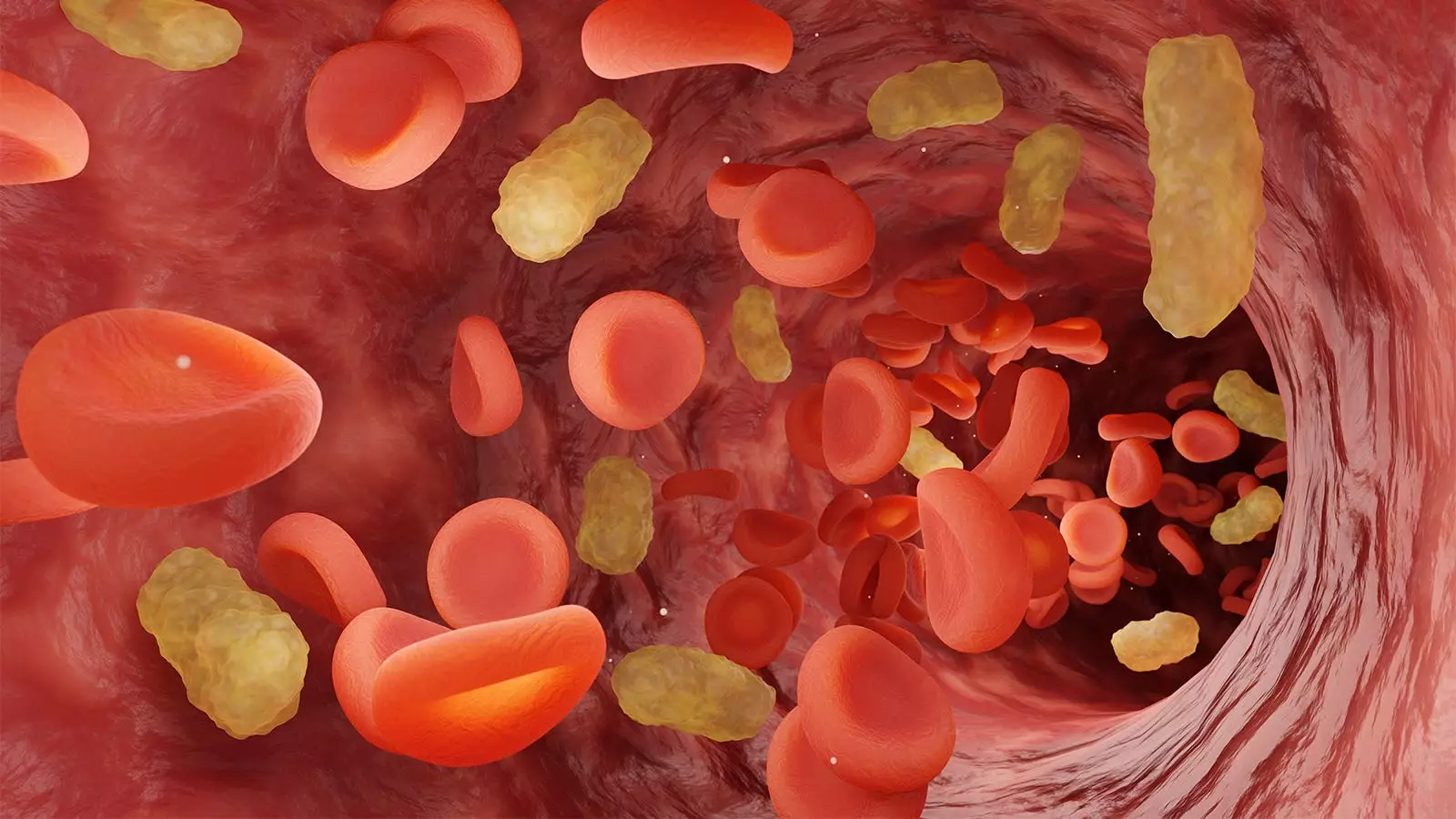The transition from intravenous (IV) to oral antibiotics in hospitalized patients with gram-negative bloodstream infections is a critical step in their treatment. However, a retrospective cohort study conducted by Anurag Malani, MD, and colleagues revealed that fewer than half of these patients were transitioned by day 7. The study, which included over 4,500 patients across 24 hospitals, reported a transition rate of just 43% by day 7, despite the fact that almost 90% of patients had achieved clinical stability and source control within 5 days of receiving IV antibiotics.
It is noteworthy that the rates of transition varied significantly among the participating hospitals, ranging from 25.8% to 65.9%. This variation is concerning, considering that all the hospitals in the study had antimicrobial stewardship programs in place. Dr. Malani expressed his concern about the situation extending beyond the scope of the study’s hospitals, suggesting a potential problem in facilities without access to infectious diseases expertise or highly engaged antimicrobial stewardship programs.
The timely transition from IV to oral antibiotics is pivotal due to the associated risks and challenges of prolonged IV antibiotic treatment. Some risks include phlebitis, venous thromboembolism, catheter occlusions, catheter-related bloodstream infections, as well as patient inconvenience and nursing workload. Therefore, it is essential to ensure a seamless transition when appropriate.
Dr. Malani highlighted that patients who remained on IV antibiotics in the study were generally more severely ill and had a higher prevalence of comorbidities. However, even among this group, a considerable number of patients were afebrile, clinically stable, and had achieved source control. This suggests potential opportunities for earlier oral transition in this subgroup as well.
The study included 4,581 hospitalized patients with gram-negative bloodstream infections across 24 U.S. hospitals. These patients had a median age of 67 years, with men accounting for 52.2% of the cohort. The most common sources of infection among patients transitioning to oral antibiotics were the urinary tract (64.9%), hepatobiliary sources (12.1%), and intra-abdominal sources (9.9%).
Patients who remained on IV therapy had a higher proportion of immunosuppressed individuals (31.9% compared to 24.6% in the transitioned group, P<0.001). Additionally, 39.5% of patients in the IV group required admission to the intensive care unit, compared to only 17% in the oral antibiotic group (P<0.001). The IV group also exhibited higher rates of fever or hypotension by day 5 (16.2% vs. 2.5%, P<0.001) and a higher need for kidney replacement therapy (10.7% vs. 3.2%, P<0.001). Furthermore, patients in the IV group had a lower likelihood of achieving source control within 7 days (70.9% vs. 80.1%, P<0.001).
The median day of transition to oral antibiotics was found to be day 5, with an interquartile range (IQR) of 4-6 days. It is evident from the study that the duration of antibiotic treatment was significantly shorter in the oral antibiotic group, with a median of 11 days (IQR 9-14 days) compared to 13 days in the IV group (IQR 8-16 days, P<0.001).
Among the patients who transitioned to oral antibiotics, the most commonly prescribed options were fluoroquinolones, β-lactams, and trimethoprim-sulfamethoxazole. These antimicrobial agents offer effective treatment options while enabling a shift from the burdensome IV administration route to oral administration, reducing patient inconvenience and associated risks.
The findings of this retrospective cohort study highlight the challenges associated with transitioning from IV to oral antibiotics in hospitalized patients with gram-negative bloodstream infections. The study demonstrates that fewer than half of these patients were transitioned by day 7, despite the majority achieving clinical stability and source control within 5 days of IV antibiotic treatment. The significant variation in transition rates among hospitals is concerning and raises questions about the accessibility of infectious diseases expertise and antimicrobial stewardship programs in certain healthcare settings.
Timely transition to oral antibiotics is crucial in order to minimize the risks and challenges associated with prolonged IV antibiotic treatment. It is essential for healthcare providers to assess patients’ clinical stability, source control, and comorbidities when considering the appropriate timing for transition. By optimizing the transition process, healthcare professionals can ensure effective treatment outcomes while reducing the burden on patients, nursing workload, and the risks associated with IV administration. Regular evaluation and improvement of transition practices through evidence-based guidelines and collaboration among healthcare teams can contribute to enhanced patient care in this context.


Leave a Reply